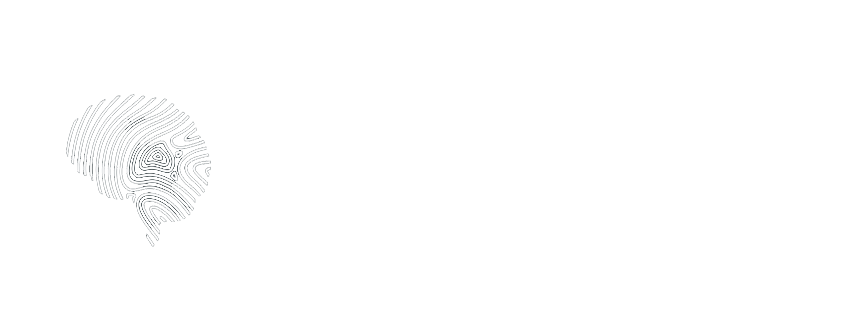In our modern digital age, we are constantly bombarded with information, media, and content that shape our perceptions and assumptions about the world. Often, we are unaware of the assumptions we make based on the content we consume. The therapeutic message here is that these assumptions are not personal to us; they are a product of our exposure and experiences.
One consequence of these assumptions is that some individuals become highly sensitive to external stimuli, interpreting everything as a personal attack or judgment. They tend to take everything personally, which can lead to heightened anxiety, defensiveness, and emotional distress. However, it’s essential to understand that nobody can make something personal except the individual themselves. The moment someone responds to criticism or feedback by taking it personally, they are giving away their power and allowing external events or opinions to dictate their emotional state.
The Antidote
The antidote to taking things personally is to cultivate curiosity. Rather than immediately reacting with defensiveness or hurt, individuals can ask themselves, “What’s going on here? Why am I reacting this way?” By adopting a curious mindset, they can gain insight into their triggers and emotions. This self-awareness empowers them to navigate through challenging situations with greater emotional resilience and less reactivity.
Moreover, the therapeutic message emphasises the distinction between something affecting someone personally and viewing it as a personal attack. For instance, if a person gets laid off along with their entire department, they may interpret it as a personal attack directed at them specifically. However, a larger organisational decision could be based on factors beyond their control. Challenging these assumptions and gaining a broader perspective can help individuals avoid undue resentment or self-blame.
In therapy, individuals can learn to examine their thoughts critically by speaking them out loud or discussing them with others. This process allows for vetting ideas and gaining different perspectives, which can lead to more realistic and balanced interpretations of events. Sometimes, when ideas remain confined within one’s mind, they may not receive the necessary scrutiny and validation.
The Therapeutic Goal
The therapeutic goal is to help individuals develop emotional intelligence and a more objective lens through which to view the world. By recognising that their reactions and interpretations are not fixed truths, they can adopt a more flexible and open-minded approach to challenges and conflicts. This shift in mindset can lead to reduced anxiety, improved self-esteem, and healthier relationships with others.
BLINK VuMU
Blink VuMU is a pattern interruption created by Gordon Young of the Institute of Applied Psychology in Sydney Australia. It is designed to negate a negative reaction in seconds by helping you to step back from a reaction and consider your options. It can pull you out of annoyance, stress, or any other negative state. The first step is to do something physical to shift your point of attention, and we do this by blinking wildly. Why?Blinks can be likened to the curtain coming down between scenes in a play or takes in a movie. They serve as “takes” in our daily experience, modulating our perception of time. The rate of blinking is controlled by dopamine, a neurotransmitter responsible for attention and focus. Dopamine and blinking are closely linked, working together to update our perception of time. When you blink wildly for a few seconds, your dopamine levels increase and your ability to shift your focus amplifies.
A study on elementary school students found that short periods of focusing on a visual target and controlling blinking greatly enhanced their ability to focus on other information. By consciously controlling blinks and visual attention, individuals can enhance their overall focus and attention. This interrupts your current emotional state, and makes it possible for you to dissociate long enough to call into question the validity or the usefulness of the response.
BLINK VuMU
Step 1) Blink wildly for 5 seconds (count back from 5-1)
Step 2) Get curious – How am I doing this?
Step 3) Ask yourself the following questions
Q1) Is this valid? YES/NO
Q2) Is this useful? YES/NO
Q3) If not, what would be the most useful response I could
offer right now? EXPLORE OPTIONS
- The value of this question set is that you can recognise that a reaction can be both valid and not useful.
- The first question allows you to say “YES” and validate your response. However, even as you do this, you have already stepped away and are analysing from a more dissociated position.
- The second question is more likely to get a “NO” response as you recognise the contextual value of your reaction.
- The third question starts you down a line of becoming more strategic and considering longer-term consequences or potential outcomes for your response. Try this method and see for yourself what it can do for you.
Give it a try. Also know, that once you have done this 10-15 times, even on smaller issues, you start to create a neural pathway, and going to Blink VuMU can become a habit. Wouldn’t that be a nice addition to your life?


